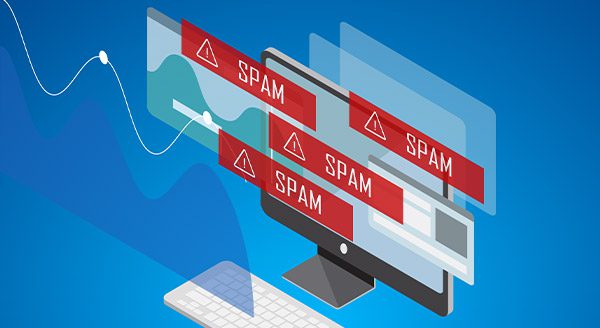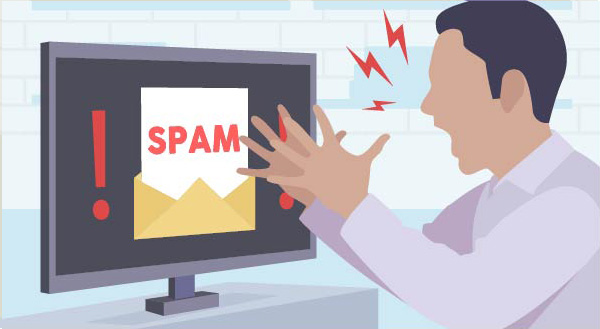
If you’ve been swamped with spam lately, you’re not alone. Unwanted marketing messages clogging up our inboxes seem to be part of everyday digital life. But have you ever stopped to wonder how on earth all those spammers acquired your email address?
Entering Online Promotions and Contests
As annoying as it is, there are a few common ways that marketers legitimately come into possession of our contact info. One is when we enter online promotions and contests, those tempting offers we’ve all seen for things such as cars, vacations, and gift cards. On the surface, they seem like a fun chance to win a prize, but before you enter, it pays to read the fine print.
You’ll usually find terms stating the company reserves the right to share or trade your email address with affiliates and other third parties. So, by hoping for that dream vacation, you’ve given permission for your info to be sold to the highest bidder.
Publicly Displaying Your Email Address
Another invitation for spammers is posting your email publicly on social media profiles, personal blogs, forums, comments sections, and more. Savvy bot programs are constantly prowling the internet, collecting any unprotected contact info they find displayed online. Worse still, some people foolishly use their primary personal email as their public username on major sites such as Facebook or Twitter. This tells spammers exactly who you are and provides them with an all-access pass straight to your inbox.
The Impact of Data Breaches
No company or individual is immune from the threat of data breaches either. When a huge repository of private user records is stolen, such as in the infamous breaches of LinkedIn, Yahoo, and Marriott, cybercriminals are offered a massive, gift-wrapped list of potential spam targets all in one place. Check HaveIBeenPwned.com regularly to see if any of your online accounts were unintentionally caught up in one of these digital heists.
Engaging With Spam Messages
Astoundingly, even avoiding and deleting suspicious messages isn’t always enough to escape notice. Advanced tracking allows spammers to monitor whether an email address actively opens or engages with a particular promotional email in any way. Unfortunately, clicking unsubscribe links achieves the opposite goal by verifying the account is live and operational. Interacting at all, even to get rid of the spam, teaches marketers your inbox is ripe for more bombardment.
Prevention and Protection
Once out, that contact info genie doesn’t want to get back in the bottle so easily. The best prevention tactics involve limiting what information you display online. You can also track the sources of the leaks by adding a plus symbol and then the website name (i.e. [yourname]+website@domain.com) when providing your email to different sites and services. This helps identify the source of any future compromises. Top-tier spam filters and security programs are also crucial defense layers against the onslaught.
When All Else Fails
If you’ve exhausted other options and spam continues plaguing your inbox, let our technicians handle it from here. We can install robust commercial antispam software tailored to your specific email usage.
As a last resort, we offer hassle-free migration to a fresh, clean email domain untouched by data brokers. A fresh start removes any spam history holding you back. You’ll keep full access to your existing inbox too.
Reach out today and, finally, browse in peace.


 15 years after the world united to crack down on spam emails, we’re still struggling with overloaded inboxes. All that unwanted email continues to flood the internet, much of it targeted to small businesses, and the impact goes wider than you might think. Here’s the full breakdown of how modern spam works and how it’s hurting your business.
15 years after the world united to crack down on spam emails, we’re still struggling with overloaded inboxes. All that unwanted email continues to flood the internet, much of it targeted to small businesses, and the impact goes wider than you might think. Here’s the full breakdown of how modern spam works and how it’s hurting your business.

